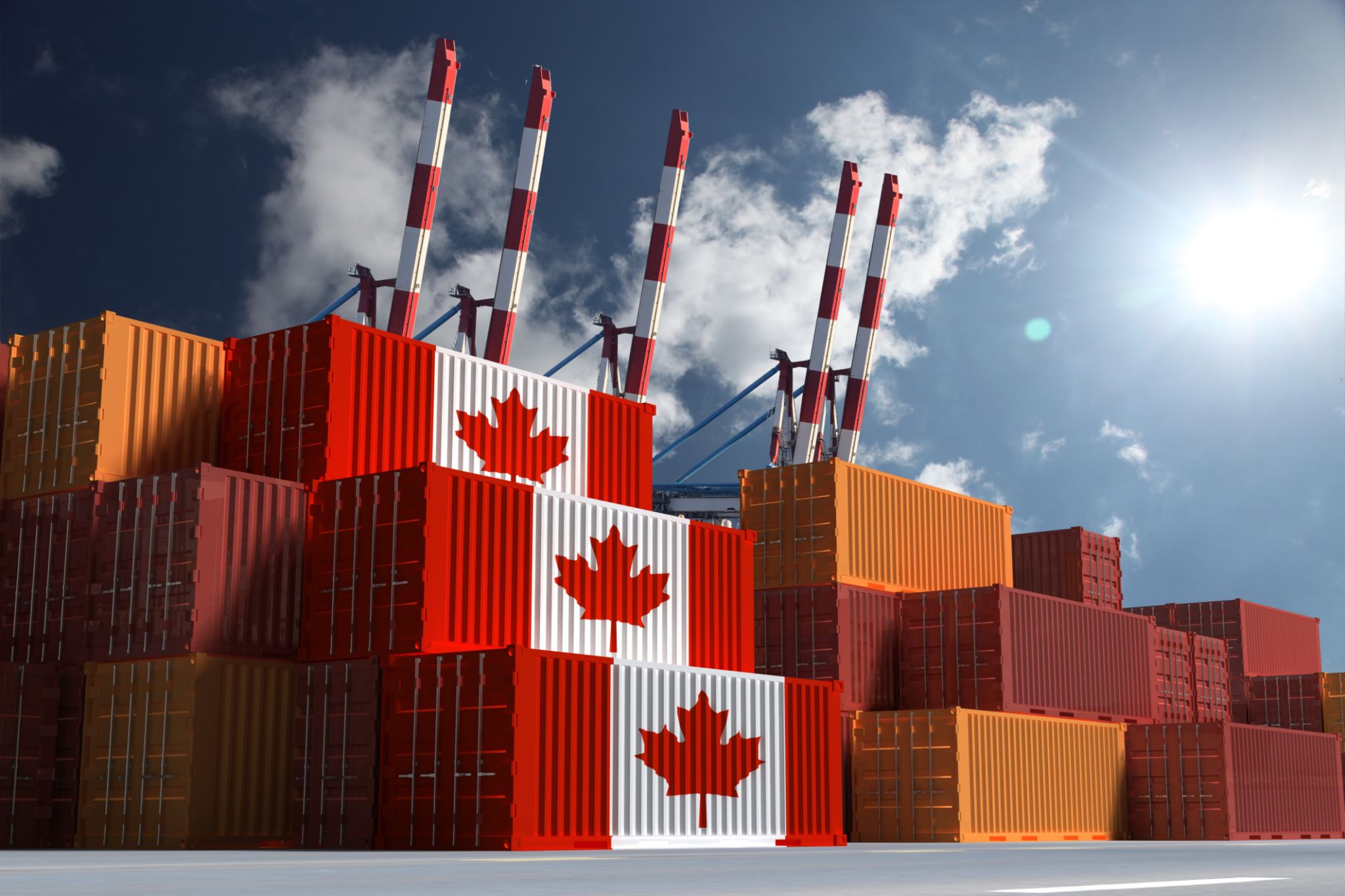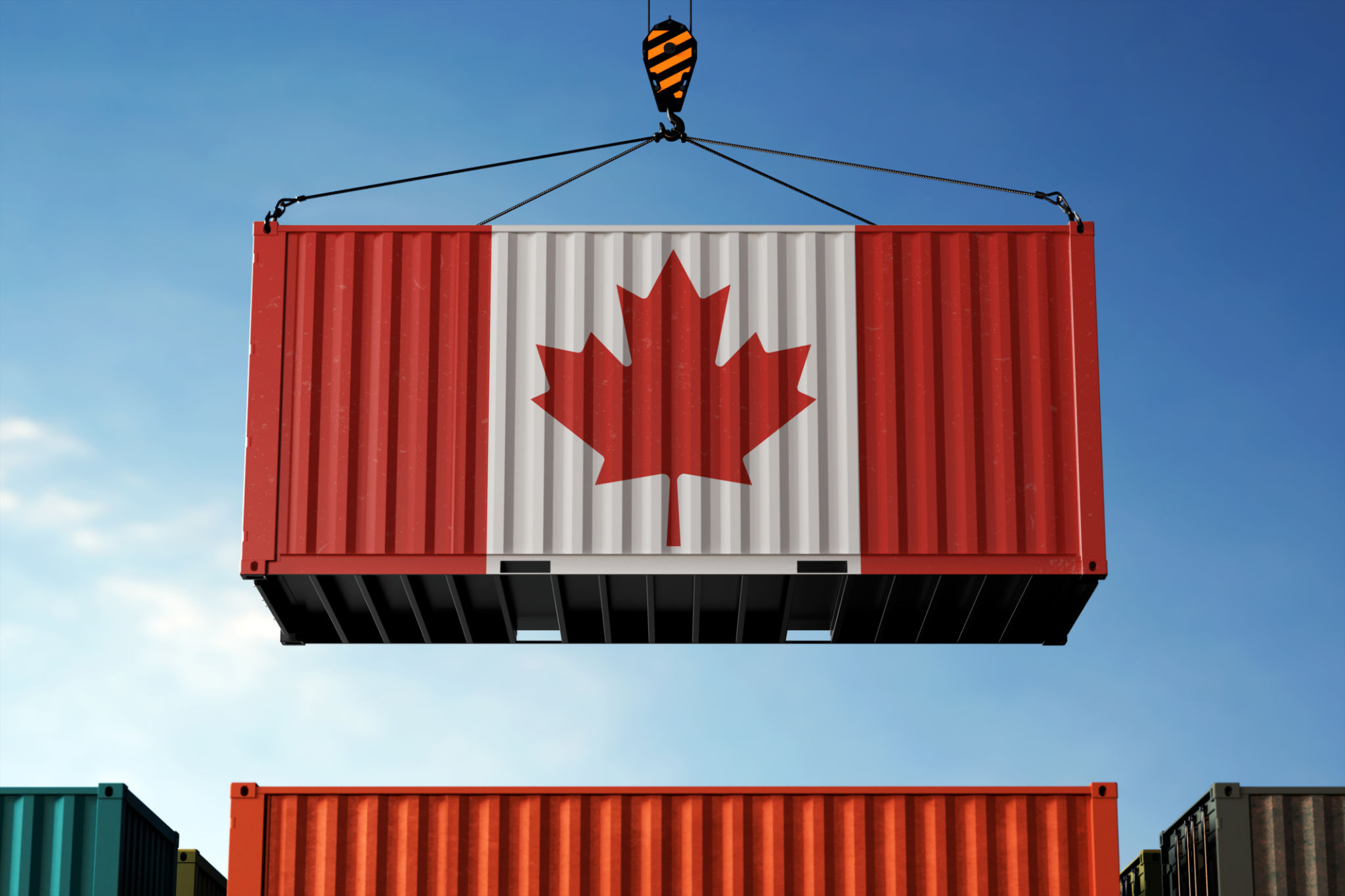Top 5 Challenges in the Import Export Industry and How to Overcome Them
EL
The Complexities of Global Logistics
The import-export industry is a vital component of the global economy, facilitating the exchange of goods and services across borders. However, it comes with its own set of challenges. Navigating these challenges requires strategic planning and informed decision-making. Below, we explore the top five challenges in the import-export sector and offer insights into overcoming them.

Regulatory Compliance
One of the most significant hurdles in the import-export industry is adhering to the complex web of international regulations. Each country has its own set of rules that must be followed to ensure smooth operations. Non-compliance can lead to severe penalties, including fines and shipping delays.
To overcome this challenge, businesses should invest in compliance training for their staff and collaborate with seasoned customs brokers. Staying updated on regulatory changes and utilizing technology for real-time compliance tracking can also prevent costly errors.
Supply Chain Disruptions
Supply chain disruptions have become increasingly common due to geopolitical tensions, natural disasters, and global pandemics. These disruptions can cause significant delays and increase costs, impacting business operations severely.
Companies can mitigate these risks by diversifying their supplier base and building strong relationships with multiple vendors. Implementing robust risk management strategies and leveraging technology for supply chain visibility are also essential steps in ensuring resilience.

Fluctuating Currency Exchange Rates
Currency volatility poses a considerable risk in international trade. Fluctuating exchange rates can impact profit margins and make pricing strategies challenging. This unpredictability requires businesses to be vigilant and proactive in managing currency risks.
To counteract currency fluctuations, companies can use hedging strategies such as forward contracts or options. Partnering with financial experts who specialize in foreign exchange can provide valuable insights and help stabilize financial outcomes.
Transportation and Logistics Issues
Efficient transportation is crucial for timely deliveries, yet logistical challenges such as port congestion, limited shipping routes, and fluctuating fuel prices can complicate matters. These issues can lead to increased shipping costs and delayed deliveries.
Optimizing transportation logistics involves working closely with logistics providers to streamline operations. Utilizing data analytics to predict potential disruptions and maintain efficient inventory management can further enhance operational effectiveness.

Cultural and Language Barriers
Conducting business across diverse cultural landscapes presents unique challenges. Misunderstandings due to language barriers or cultural differences can lead to miscommunication and damaged business relationships.
To bridge these gaps, businesses should invest in cultural training programs and employ multilingual staff. Building a local presence or partnering with local entities can also facilitate smoother interactions and better understandings of market dynamics.
In conclusion, while the import-export industry faces numerous challenges, proactive strategies and adaptability can turn these obstacles into opportunities. By focusing on compliance, diversifying supply chains, managing currency risks, optimizing logistics, and embracing cultural diversity, businesses can thrive in the ever-evolving landscape of global trade.
